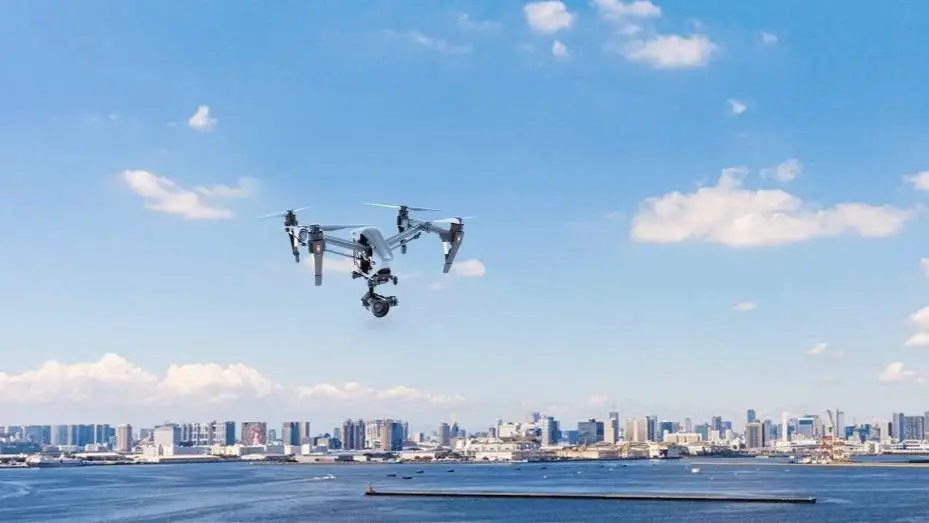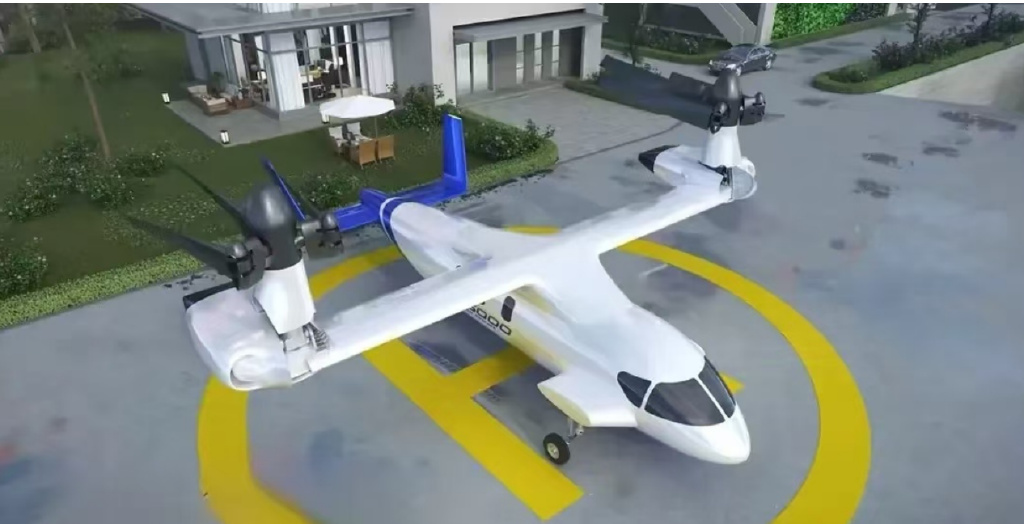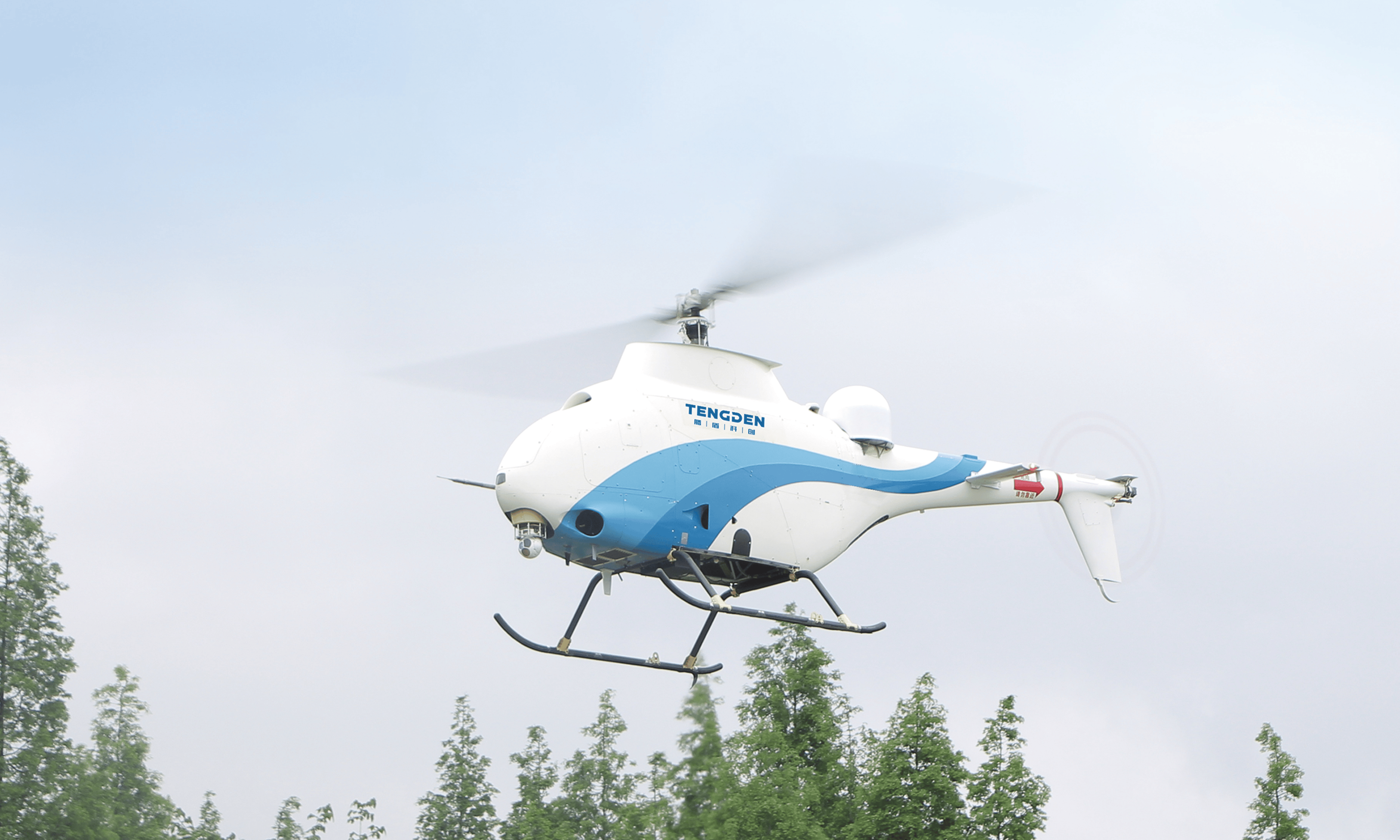Drone interception and control: patented technology ensures the safety of no fly zones

Drones are a general term for "unmanned aerial vehicles", which are autonomous, reusable, and unmanned aerial vehicles (UAVs). Due to their good maneuverability, wide activity space, and low cost, UAVs are often used in dangerous, dirty, or unsuitable human activities. Since the 1980s, drones have gradually been introduced into the civilian field, mainly used for aerial photography, disaster relief, plant protection, observation of wildlife, monitoring of infectious diseases, surveying and mapping, power inspection, film and television shooting, and other aspects.
In recent years, the drone industry has rapidly emerged, but a large number of low-cost micro drones have flooded the market, and even appeared in some no fly zones, causing extremely adverse effects. Therefore, strengthening the control of drone flights is of great significance. In this article, the author will analyze the development of drone flight interception and control technology from the perspective of patents, in order to provide reference for the technological research and development activities of innovative entities.
At the beginning of germination
With the increasing research on unmanned aerial vehicle (UAV) flight control technology, in August 2010, Beijing Institute of Technology submitted its first patent application for an UAV interception method without collateral damage, with the publication number CN102384702A. The implementation of this technology is that before interception, the drone pre mounts the fiber bundle scattering device on the drone and transports it above the route of the drone to be intercepted. At the moment of launching the fiber bundle, the drone route is parallel to the route of the drone to be intercepted, and the drone throws out the fiber bundle curtain, forming a fiber bundle curtain in the air to intercept the drone to be intercepted. This is a method of intercepting drones through soft kill, with minimal impact on the surrounding environment.
All flowers bloom together
In 2015, there were frequent incidents of drone flight disruptions, with four such incidents occurring in the southwestern region of China alone. These incidents led to forced landings, flight returns, and passenger delays, causing great headaches for the aviation sector. Therefore, in order to strengthen the supervision of drone flight, various drone control technologies have begun to flourish in China. The number of patent applications related to drone control has also increased from one to two per year from 2011 to 2014 to 25 in 2015, and the corresponding technical means have also become more abundant. At this time, the control means are no longer limited to early drone aerial casting, but have emerged in several ways such as aerial or ground launched net capture, aerial or ground drone launched interference signals, and counter control of drones. During this period, patent applications mainly relied on interference and anti control methods, and companies, research institutes, and individuals appeared for the first time on the list of patent applicants.
At this stage of flight control technology, it can be roughly divided into the following three categories. The first type is the ground or vehicle launched interception method, such as the interception device of an unmanned aerial vehicle disclosed by South China Agricultural University, patent application number CN204757818U, which includes a transmitter and an interceptor. The transmitter is installed on the ground or vehicle, and the interception material is a polymer resin material. When it reaches the air, it decomposes and evaporates into solid flocs after high-speed friction with the air, which can interfere with the normal operation of the drone propeller and cause it to make an emergency landing. The second type is the method of transmitting interference signals to unmanned aerial vehicles (UAVs) in the air or on the ground, which causes the UAVs to become blind and lose their destructive power by interfering with their control signals. A patent application with the publication number CN20575436U, for an automatic interception system for unmanned aerial vehicles, first recognizes the communication signal and position direction of the unmanned aerial vehicle through radar during interference, and guides a digital camera to confirm the unmanned aerial vehicle. Then, a digital processing system modulates the communication signal of the unmanned aerial vehicle and performs strong signal interference on it to make it lose its navigation signal and ultimately achieve successful interception. The third type is the anti control method, which is a mandatory control method for entering the drone system to control the drone. For example, a patent application with the publication number CN205336543U for a drone will output a driving signal when determining that the drone has entered a no fly zone. If the operator still forcefully enters the control zone, it will forcibly control the drone to land.
In addition, this stage also includes the integration of the above two or more methods. A GPS generator for aerial interception of unmanned aerial vehicles, with patent application number CN205280942U, combines interference and anti control methods. The device is equipped with a radio frequency signal transmitter and a data signal transmitter. It can transmit GPS interference signals through the radio frequency signal transmitter to interfere with the positioning of the unmanned aerial vehicle to be intercepted, and can also transmit data signals through the data signal transmitter to enter the internal system of the unmanned aerial vehicle to be intercepted for anti control.
Rapid rise
Between 2016 and 2017, unmanned aerial vehicle (UAV) interception technology experienced rapid development, with the number of patent applications increasing rapidly from 84 in 2016 to 114 in 2017. Among them, interception methods became more diverse, such as the emergence of two emerging methods: gripping and destroying.
Claw is a capture device that can capture unmanned aerial vehicles. As for the unmanned aerial vehicle landing capture device, the patent application with publication number CN105553116A connects the gripper to the driving component. When the position sensor detects that the unmanned aerial vehicle is located inside the gripper, the driving component drives the gripper to quickly retract and close from the initial open state, and guides the unmanned aerial vehicle to land. During the landing process of the drone, guidance is provided through the gripper, which can effectively avoid interference from the external environment when the drone lands on its own, thus achieving precise landing. This approach is beneficial for the recycling and reuse of drones, while also strengthening the safety protection of facilities in controlled areas.
Another way is to destroy, as the name suggests, it is to completely destroy the drones that have entered the no fly zone. A patent application with the publication number CN107388900A for a drone countermeasure system, in which the transmitting optical path and the receiving optical path share the same optical path, and exploration is carried out through the transmitting optical path. When the target drone is tracked and locked, laser is emitted along the same path to strike it. This method can ensure that the target is accurately concentrated without harming innocent third parties, and will not interfere with other normal communications, avoiding the terrorist acts carried out by high-risk drones that forcefully enter no fly zones (such as military zones), and reducing the risk of confidential information leakage.
It is not difficult to see from the two new methods added in this stage that while intercepting drones, protecting other equipment and facilities in the controlled area and improving confidentiality are the research direction and focus of drone interception in this stage.
With the continuous development of technology and the improvement of management systems, both drone manufacturers and drone countermeasures are continuously promoting the standardized management of drones. At the same time, with the continuous promotion of China's intellectual property strategy, China has also gained significant strength in the field of civil drones in the world. We believe that in the near future, China will demonstrate even more vigorous and vigorous innovation vitality in this field.





